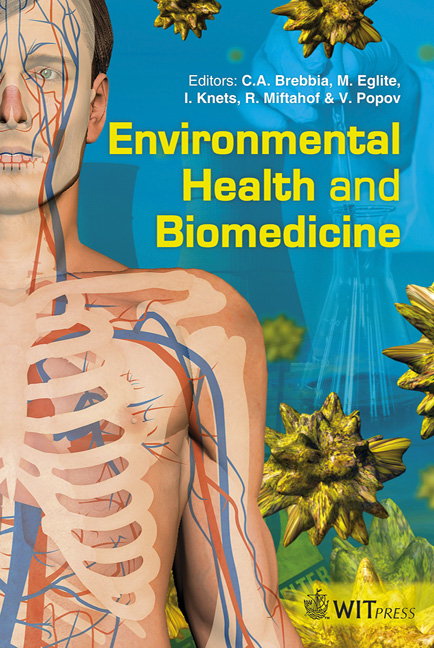Identification Of Landmarks On Lower Limb Joint From CT Images For Kinematics Studies: A Totally Semi-automatic Procedure
Price
Free (open access)
Transaction
Volume
15
Pages
10
Page Range
417 - 426
Published
2011
Size
3,592 kb
Paper DOI
10.2495/EHR110361
Copyright
WIT Press
Author(s)
M. Giorgi, B. Innocenti, L. Labey, A. Audenino & C. Bignardi
Abstract
The identification of an accurate, reliable and patient specific coordinate system for a bone is fundamental to analyzing the kinematics of a human joint. The accuracy in the localization of anatomical landmarks of joint surfaces is extremely important because even a small variation in their positions could induce a high variation in the definition of anatomical axes and further on the kinematics output. The aim of this study was to develop and validate a semiautomatic, accurate, and reproducible routine able to identify the position of anatomical landmarks on joint surfaces. This routine, starting from a CT of a femoral bone, used as input, is able to identify semi-automatically the femoral head and the medial and lateral distal femoral condyles. Moreover, it allows the identification of the following anatomical landmarks: the Femoral Hip Center (FHC), the Femoral Medial Epicondyle (FME) and the Femoral Lateral Epicondyle (FLE). From these points a standard coordinate system of the femur is univocally determined according to previous literature. Compared to other commercial processes, extensively used in this field, one peculiarity of this routine is that it is not necessary to generate a 3D model of the joint in order to define the anatomical landmarks. Usually, to generate a 3D lower limb model, with the commercial process, 4 to 5 hours are needed, with this approach we can significantly reduce this time. To validate the routine we analyzed ten different CTs of lower limbs. Two different tests were performed. The first test was performed to verify and check the output geometry of the model; the second test was aimed at estimating the repeatability and reproducibility of the procedure. For such a task five different operators identified for each model the three anatomical landmarks, three times each. The Intra-Class Correlation coefficient
Keywords
knee joint, landmarks, CT images





